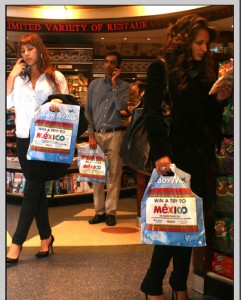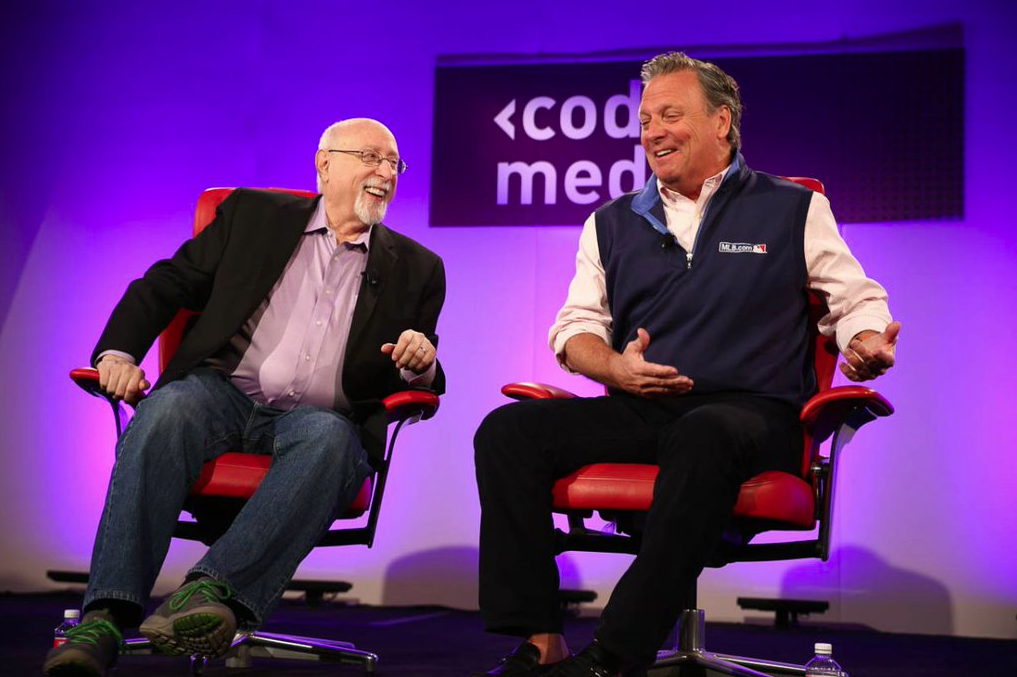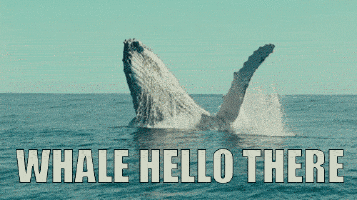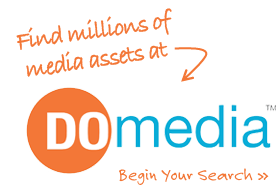 Companies like Encompass Media Group showcase the true potential and power of alternative media in the out-of-home industry. They’re creative, exciting and reliable, everything a client wants in an alternative media company.
Companies like Encompass Media Group showcase the true potential and power of alternative media in the out-of-home industry. They’re creative, exciting and reliable, everything a client wants in an alternative media company.
EMG started in 2002 when they saw a need for a company who could reach consumers at multiple times in their day.
“Back when we started, alternative media was the wild west,” co-owner Don Winter said.
The founders began with 5 media offerings: coffee cup and sleeve advertising, truck side advertising, dry cleaning advertising and pizza box advertising.
“There was a very favorable response to the alternative media space.” Winter said. “Just starting out you don’t get a ton of traction. But once you get that big first deal it kind of snowballs.”
EMG knew they had to legitimize both the alternative industry and their company if they wanted to survive. EMG differentiates themselves from other alternative groups because of their emphasis on backend of operations.
Flash forward to 2016 and EMG offers over 30 media channels. Their numbers speak volumes with over 4,000 campaigns in the past 10 years.
“We work with well-known, recognizable brands that everyone is familiar with,” said Winter.
When the great recession hit and many companies folded EMG grew in business. Something co-owners Don Winter and Adam Pierce credit to clients’ trust in their business.
“Agencies and clients trust us.”
But EMG isn’t done yet. Both Don and Adam are constantly looking for new and exciting networks to bring their clients.
Check out EMG’s profile to learn more!
 Media sellers have a complicated relationship with the RFP process. It’s a spreadsheet-laden, antiquated process that you just have to power through. But every RFP is an opportunity to build business.
Media sellers have a complicated relationship with the RFP process. It’s a spreadsheet-laden, antiquated process that you just have to power through. But every RFP is an opportunity to build business.
 Are you repeatedly inputting the same information into the DOmedia proposal grid? You may be missing out on one of the most powerful features of DOmedia! Our “Fill from Historical Data” technology recalls 15 columns worth of information, pulled directly from the last time an asset was proposed. If you have never issued a contract for that asset, DOmedia pulls the information straight from the asset listing in your profile.
Are you repeatedly inputting the same information into the DOmedia proposal grid? You may be missing out on one of the most powerful features of DOmedia! Our “Fill from Historical Data” technology recalls 15 columns worth of information, pulled directly from the last time an asset was proposed. If you have never issued a contract for that asset, DOmedia pulls the information straight from the asset listing in your profile. DOmedia took the advertising industry by storm in 2015. We surpassed $1B in media transactions through the platform, grew nearly 500% and helped some of the most valuable brands in the world reach hundreds of millions of consumers.
DOmedia took the advertising industry by storm in 2015. We surpassed $1B in media transactions through the platform, grew nearly 500% and helped some of the most valuable brands in the world reach hundreds of millions of consumers.



